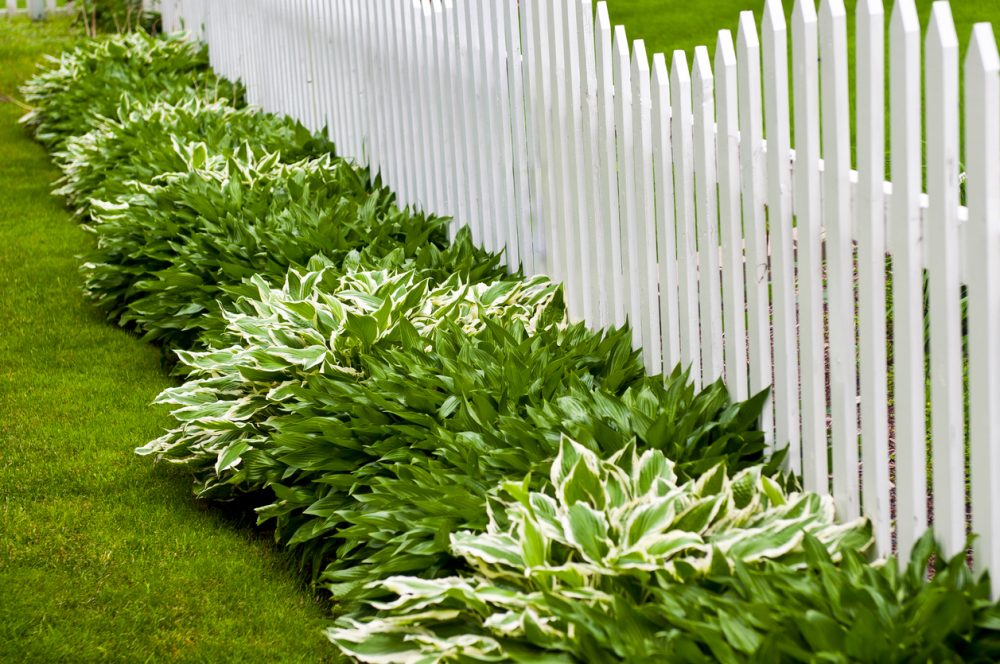Growing Hostas – Tips for Best Results

It’s no wonder that growing Hostas is so popular! These versatile perennials solve a myriad of gardening problems and are remarkably easy to grow.
Want to know the steps to growing awesome Hostas? Read on!
The Many Reasons for Growing Hostas
Hostas are the perennials that deliver in many ways:
• Tolerant of short-term drought conditions.
• Eye-catching colors and patterns.
• Fragrant options for sweetening paths, patios and decks.
• Ideal for use around trees, since they handle shade well.
• Most are winter-hardy in USDA Zones 3-8.
Choosing Your Hostas
Also known as plantain lilies, Hostas are strong, reliable plants, able to thrive in full shade and partial sun. Typically, it’s the foliage that’s the main attraction. It comes in so many incredible colors and patterns that the flowers are just a nice bonus. And, there are hundreds of Hostas to choose from, so they can be incorporated into variety of landscape layouts.
Do you have a favorite color, or do you prefer a mix? You can choose from leaves ranging from shades of yellow to green, gold, white, purplish, and bluish, and even variegated. Some sprout fragrant, trumpet-shaped flowers that may be white, lavender, blue, or bicolored, adding another dimension of interest.
To add to the many choices, plant size can range from just a few inches high, like “Blue Mouse Ears,” to cultivars that reach up to six feet wide, like “Empress Wu.” Check this list of Hostas of the Year to help you choose!
Tips for Healthy Hostas
• Hostas prefer well-drained soils, so if necessary, amend your garden soil with organic matter to increase drainage. If your soil is either poor or naturally soggy and can’t be easily drained, try raised beds.
• When planting, space your Hostas according to their spread at maturity; this will vary according to the type.
• Light requirements can range from partial sun to dense shade. Too much sunlight can cause leaf discoloration or scorching, so avoid planting any Hostas in areas that get direct afternoon sun.
• Mulch around your Hostas to help conserve moisture, but keep the mulch low, so small animals won’t be able to hide in it.
Keeping Your Hostas Safe from Animals
Hostas are tough and adaptable, but also considered delicious by deer and other animals. They need your help to fend off these potential diners.
We recommend you follow a regimen of spraying your Hostas with our specially formulated Bobbex Deer repellent. If your challenge is not deer but small animals, try our small animal version which is great for repelling rabbits, chipmunks, squirrels, voles and groundhogs. All our eco-friendly Bobbex formulas are safe for people, animals and plants—but the scent will drive plant-eating animals away.
For gardeners in Canada, where deer and rabbits are the biggest threats, we offer our specially formulated Deer and Rabbit Repellent. This repellent is among a select few to meet Canadian safety standards.
***
